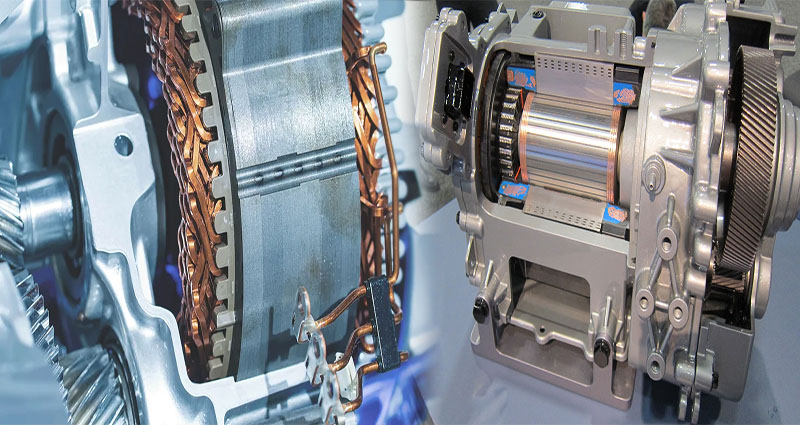Electric vehicles (EVs) have been gaining tremendous popularity in recent years as individuals and governments alike are becoming more conscious of the environment and the need to reduce carbon emissions. One of the key components in an EV is the electric motor, which is responsible for powering the vehicle. In this article, we will explore the latest innovations in electric motors for electric vehicles.
High-Efficiency Motors
The latest electric motors for EVs are designed to be highly efficient, minimizing energy losses and maximizing the range of the vehicle. Traditional electric motors tend to waste a significant amount of energy through heat dissipation and friction. However, advancements in motor technology have led to the development of high-efficiency motors that significantly reduce energy losses.
These motors utilize advanced materials, such as neodymium magnets, which provide a higher power-to-weight ratio compared to older motor designs. Additionally, advancements in motor controllers and power electronics have improved the overall efficiency of electric motors, allowing for better utilization of the energy stored in the vehicle’s battery.
Compact and Lightweight Designs
In order to improve the overall efficiency and range of electric vehicles, manufacturers are constantly striving to reduce the weight and size of electric motors. The latest innovations in motor design have resulted in motors that are more compact, lighter, and more power-dense than ever before.
Compact motors not only allow for more flexibility in vehicle design, but also contribute to better weight distribution, which is crucial for improving the vehicle’s handling and performance. Lighter motors also help reduce the overall weight of the vehicle, resulting in increased efficiency and a longer driving range.
Regenerative Braking Systems
Regenerative braking is an innovative technology that allows electric vehicles to recover and store energy that would otherwise be wasted during braking. Traditional vehicles dissipate kinetic energy as heat when the brakes are applied, whereas regenerative braking systems in EVs capture this energy and convert it back into electric energy to recharge the vehicle’s battery.
The latest electric motors are equipped with advanced regenerative braking systems that can capture a significant amount of energy during deceleration and braking. By efficiently utilizing this energy, EVs can extend their driving range and reduce reliance on external charging sources.
Dual-Motor Systems and Torque Vectoring
Dual-motor systems have become increasingly popular in high-performance electric vehicles. These systems involve the use of two electric motors, one for each axle, providing enhanced power and torque distribution. Dual-motor systems offer improved acceleration, handling, and overall performance.
Furthermore, torque vectoring, a feature enabled by dual-motor systems, allows for precise control of power delivery to each wheel. This technology ensures optimal traction, stability, and maneuverability, especially in challenging driving conditions. By independently controlling the torque to each wheel, electric vehicles with dual-motor systems can maximize safety and performance.
The electric vehicle industry is continuously evolving, and innovations in electric motor technology are playing a vital role in the advancement and adoption of EVs. High-efficiency motors, compact and lightweight designs, regenerative braking systems, and dual-motor systems with torque vectoring are just a few examples of the latest innovations in electric motors for electric vehicles.
These innovations are not only improving the performance and efficiency of electric vehicles but are also contributing to the overall growth and sustainability of the transportation industry. With further advancements, electric motors will continue to play a pivotal role in the ongoing transition towards a greener and more sustainable future.





